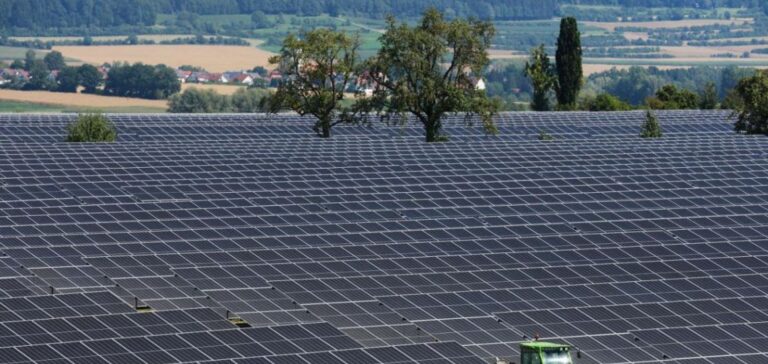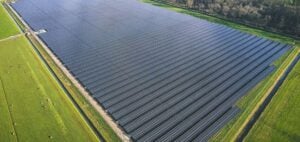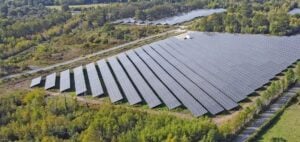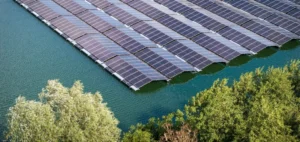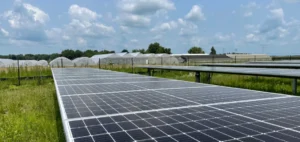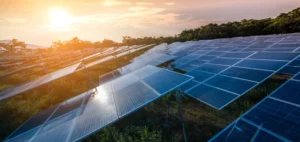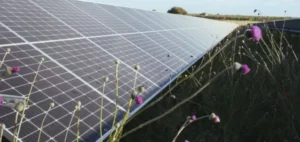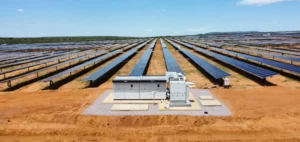The initial phase of the photovoltaic and energy storage project in Yingjisha, located in the Kashgar region of Xinjiang, has been officially commissioned. Developed by the Northwest Institute of CLP Engineering, this project represents the first grid connection of a photovoltaic system in the region for 2025, with an initial generation capacity of 47,800 kilowatts.
The project also includes an energy storage system with a capacity of 50,000 kilowatts / 100,000 kilowatt-hours, fully integrated into the Kashgar Power Supply Company grid. Four 35-kilovolt transmission lines ensure electricity distribution. During the preparation phase, the State Grid Kashgar Power Supply Company closely collaborated with the project teams to ensure compliance with quality standards, including pre-commissioning testing, data verification, and technical validation.
Infrastructure and operational coordination
The technical indicators met all design requirements, and the necessary authorisations were issued by the relevant authorities. The infrastructure is now fully operational with stable performance. This pilot project is part of an integrated strategy to combine large-scale photovoltaic production with land management objectives, notably the stabilisation of sandy soils in the desert areas of southern Xinjiang.
The entire project is planned with an installed capacity of 500 MW, accompanied by a storage system of 200 MW / 800 MWh. Official estimates forecast an annual output exceeding 120 million kilowatt-hours of electricity.
Progressive rollout of subsequent phases
The following construction phases are progressing according to the established schedule. Once all phases are completed, the project is expected to significantly enhance the energy supply capacity in southern Xinjiang. Moreover, the system’s integration into a framework for sand erosion control and vegetation restoration is expected to provide valuable feedback for similar initiatives in environmentally stressed areas.
The Yingjisha project is the first in the region to combine photovoltaic production at this scale with a mechanism to address desert conditions, notably through the use of planted vegetation between solar panels to combat desertification.


